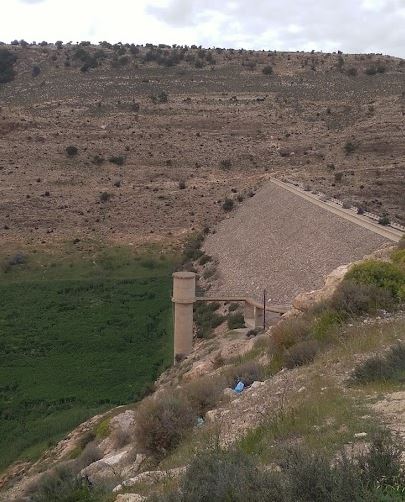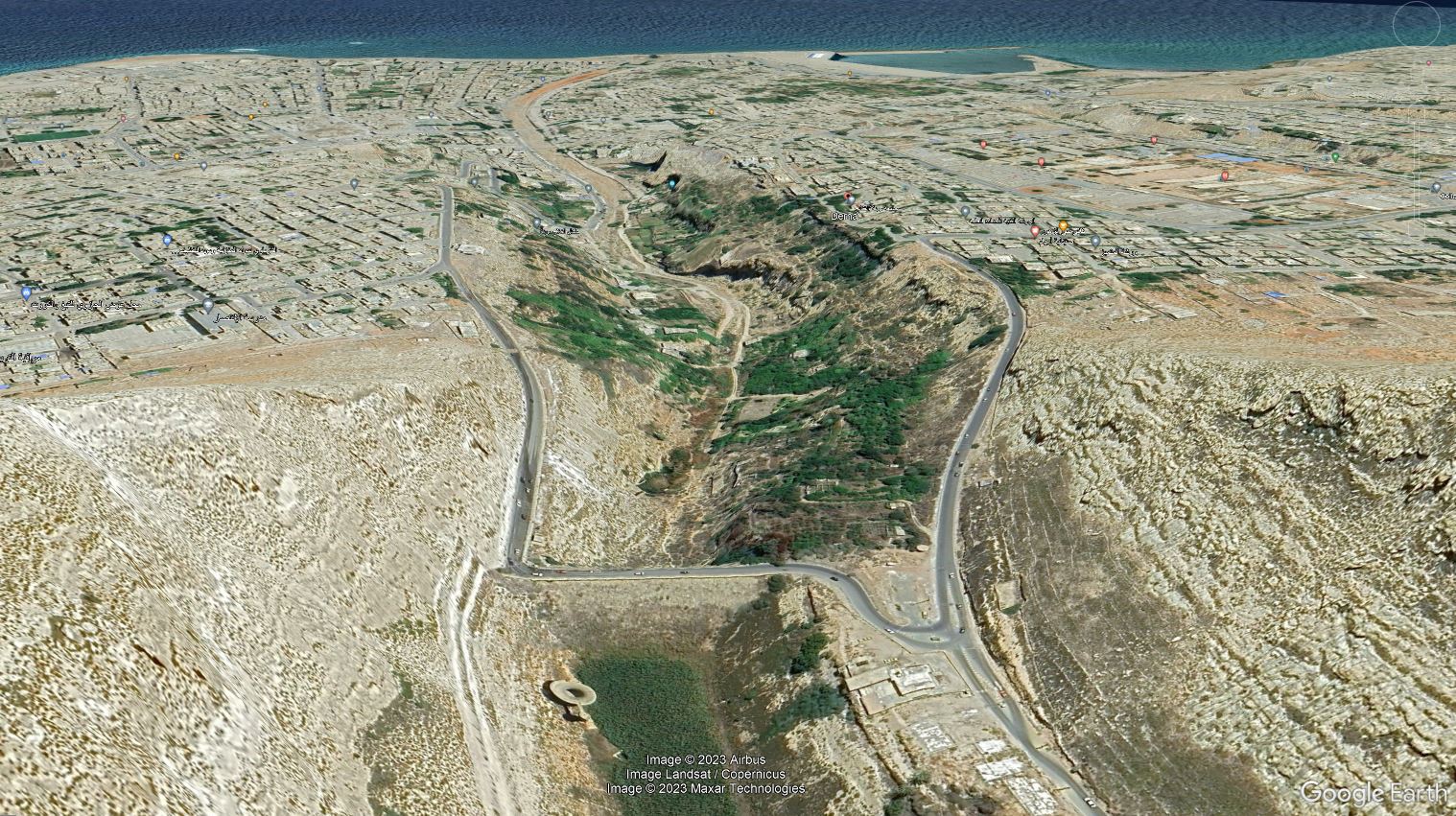The dam failure disaster on Wadi Derna in Libya is now thought to have killed 20,000 people
The Landslide Blog is written by Dave Petley, who is widely recognized as a world leader in the study and management of landslides.

As the true horror of the Derna flood disaster in Libya continues to become apparent, more information is emerging about the two dams on Wadi Derna that were responsible for the catastrophe. Perhaps the most important source of information is on a site called Hidrotehnika, to which I am not going to link as I get a notification that it is unsecure. However, it provides data on the two dams.
I note that there is confusion about the names of the two dams, so I will use upper and lower here.
The site reports that the upper dam was 45 m high with a storage capacity of 1.5 million cubic metres. The lower dam was 75 m high with a storage capacity of 18 million cubic metres. I find the latter quite strange as the Google Earth DEM suggests that this is an over-estimate.
Both were constructed by Hidroprojekt from Beograd in the former Yugoslavia on behalf of the Ministry of Agriculture in Libya. Construction was from 1973 to 1977.
Video has now emerged on Twitter that shows the collapsed upper dam:-
Clearly the structure has failed completely. There is a photograph on Google Maps of the dam prior to failure:-

Of interest here is the obvious signs of poor maintenance – for example, shrubs growing on the dam crest. It is also notable that I can see no sign of an emergency spillway. The most likely cause of failure would seem to be that the spillway was simply too small to cope with the volumes of water falling into the catchment, leading to overtopping.
Dams are remarkable structures with a good (but imperfect) safety record. However, like all infrastructure they need to be maintained and it is essential to consider regularly whether they are fit for purpose. Climate change is an existential threat as rainfall totals start to exceed the design capacity. In such cases, new engineering is needed. In properly functioning societies this can happen (although it can be argued that recent events suggest that some dams are being inadequately maintained in both the US and the UK).
There are many lessons to learn from Derna. Unfortunately, there will be many other sites, especially in countries in which society is not functioning correctly, where there are similar risks.

